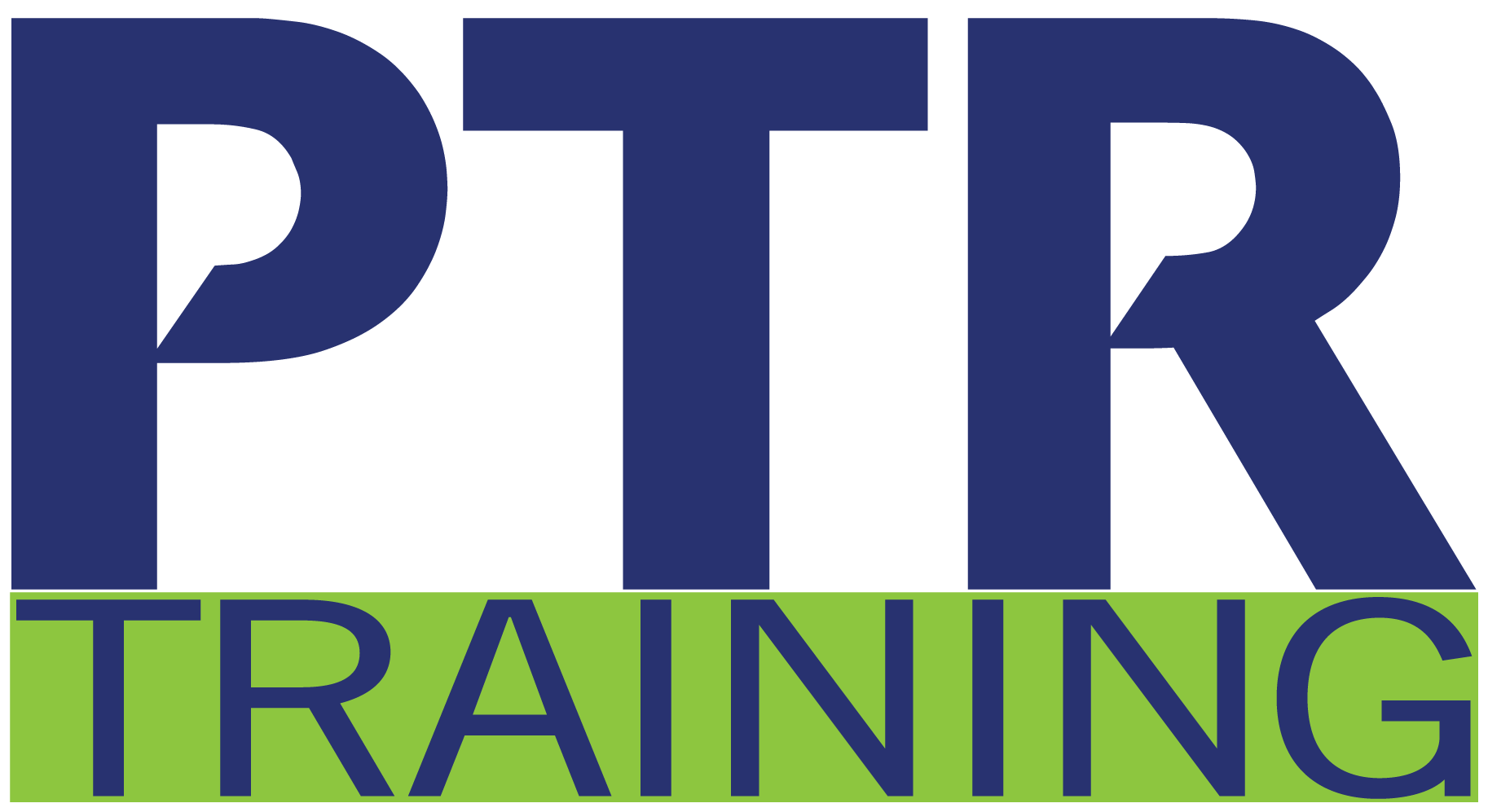Master strategic storytelling for professional success: Connect, persuade, and boost credibility.
In today's fast-paced business environment, it's crucial to communicate your message in an engaging and memorable way. Incorporating strategic storytelling tactics into your business communications can help you achieve this goal. Whether you're communicating with team members, delivering a sales pitch, or presenting a strategic plan, storytelling can help you achieve your goals.
Stories connect people.
Simply conveying information is not enough. Business professionals must compellingly capture the audience's attention through easy-to-understand communications quickly. Here are some tips for enhancing your storytelling:
- Emotional connection drives retention: A compelling story can connect with listeners on a deeper emotional level, making the content more memorable and impactful.
- Relatable motivation: Effective communication is about persuading others and sharing your values and beliefs. Choosing the right words and conveying your perception of yourself can motivate others and inspire them to act.
- Less is more: Instead of overwhelming your listeners with a sea of words and text, simplify the message by using easy-to-understand infographics, charts, and short lists (write a list no longer than three bullets long). This approach increases the chance of your audience remembering more points of your message.
- Keyword nuggets: Leaders can capture their audience's attention and encourage engagement by sharing unique information through storytelling, including phrases or “keyword nuggets” that highlight their key points and ideas. Most importantly, these nuggets are rememberable.
- Mirroring reality: To achieve effective communication, finding common ground with your audience and mirroring their reality is crucial. You can establish credibility and demonstrate your knowledge by bringing attention to shared experiences, such as company or departmental challenges, industry pain points, or recent news. In fact, focusing on something that 70% of the audience shares can help bridge gaps and build a stronger connection with your listeners.
Incorporating strategic storytelling into your business communications can be a powerful tool for achieving your goals. Using the right approach, you can capture attention, connect with your audience, persuade them to act, and enhance your professional credibility.
Ready to master the art of storytelling?
Check out our virtual and onsite communication training courses.

